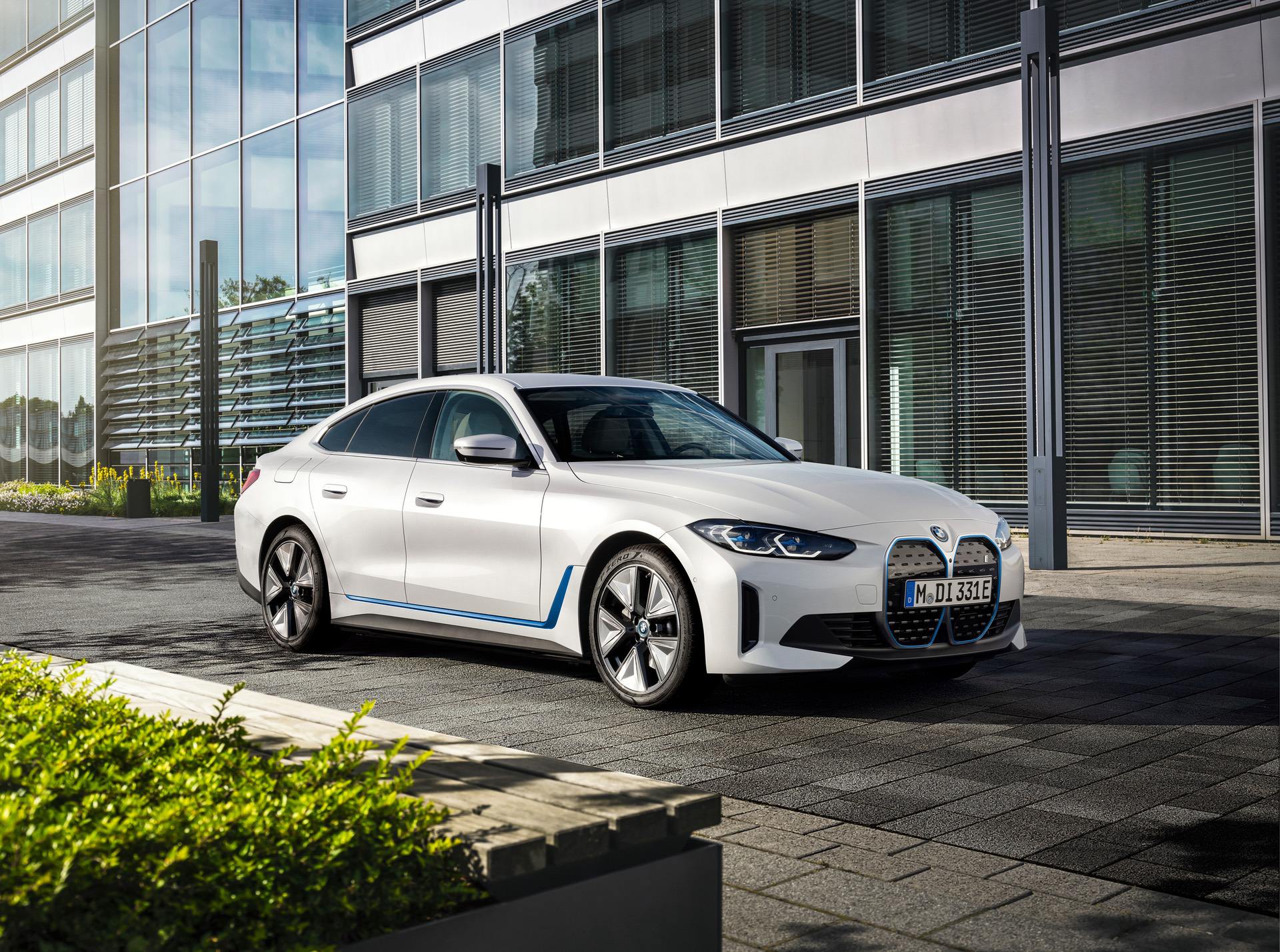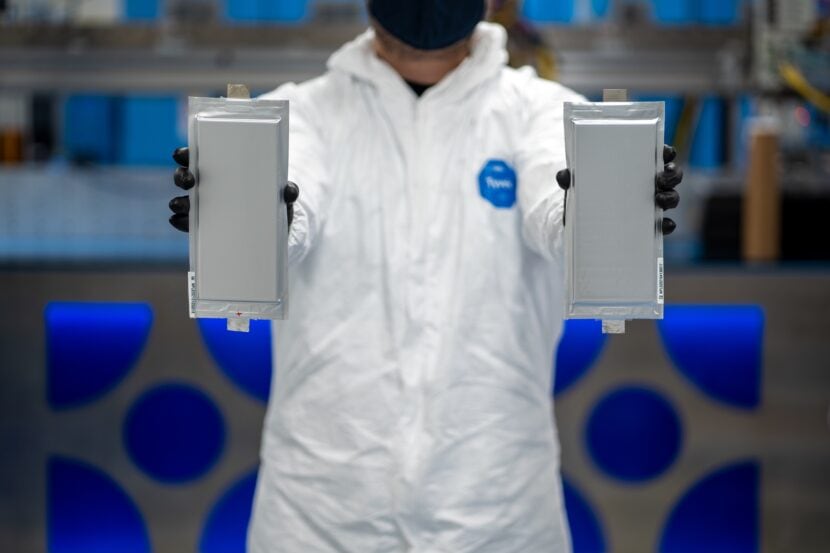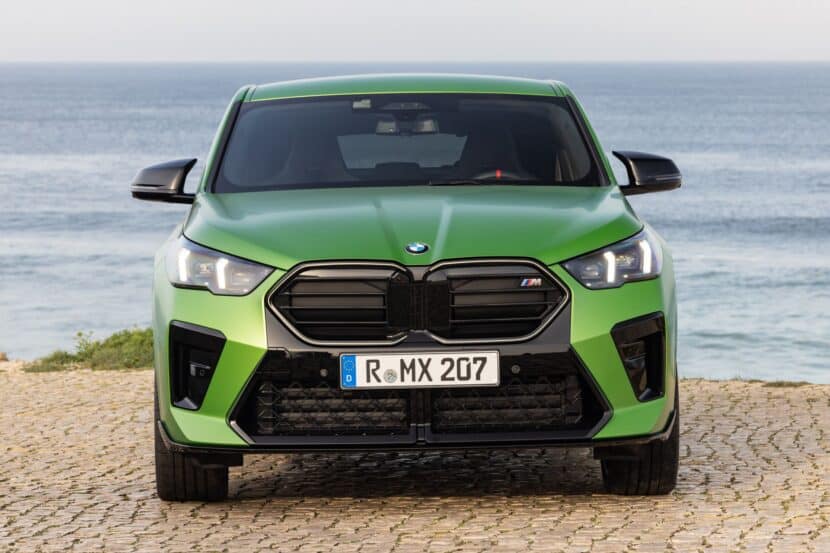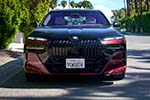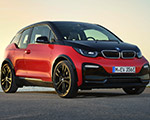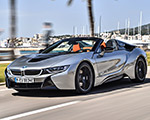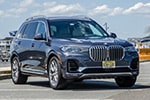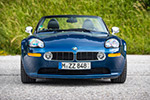BMW engineers have filed a new patent that takes an unusual approach to a fairly straightforward problem: how to make electric cars noisy enough for pedestrians to hear them. Right now, most EVs and hybrids use external speakers to emit sounds at low speeds, often required by law to prevent silent vehicles from surprising pedestrians. But BMW’s patent proposes ditching those speakers entirely.
The Idea: Make Noise With What’s Already There
Instead of adding speakers, the patent outlines a method of using existing electric motors in the car—like those that power your windows, windshield wipers, or tailgate—to generate sound. By pulsing these motors in a certain way, they could produce audible tones. BMW even suggests combining the operation of multiple motors to create layered or directional sounds, which could then be amplified using special housings or resonators.
In theory, it’s a clever workaround. Speakers take up space, add a bit of weight, and require wiring and mounting points. If you can use hardware that’s already installed, that’s less complexity in the system.
The Catch: It’s a Bit of a Stretch
The practical issues are where this idea starts to fall apart. First, most of those accessory motors seem to be buried deep inside doors or hatches—not ideal places for projecting sound. Second, they weren’t designed to make noise in the first place, so making them loud enough (and in the right frequencies) would require extra housings or resonators—possibly offsetting any space or weight savings.
Compared to others’ implementations, BMW’s idea takes it a step further by using actual working components to do the job. But instead of adding to the driving experience, the goal here is strictly functional: to warn others that a vehicle is nearby.
As always, just because a patent was filled, doesn’t mean BMW will go for that implementation, so for now, let’s take this with a grain of salt.


